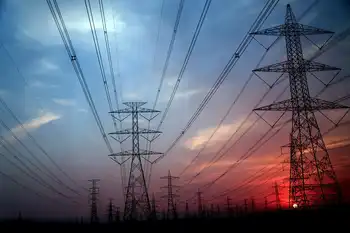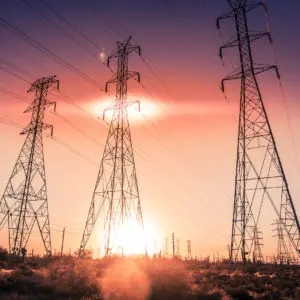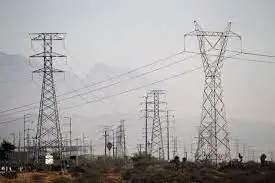PG&E looks to enhance efficiency
By PR Newswire
Substation Relay Protection Training
Our customized live online or in‑person group training can be delivered to your staff at your location.

- Live Online
- 12 hours Instructor-led
- Group Training Available
The utility has proposed to the CPUC a three-year energy efficiency portfolio that, if approved, would significantly expand the company's industry-leading customer energy efficiency programs.
The utility also submitted a filing to develop and construct a 560 megawatt (MW) combined-cycle natural gas power plant in eastern Alameda County on the site of the proposed Tesla Generating Station.
"We must continue to ensure reliable electric service to our customers, and we must do so with a minimal impact on the environment," said Helen Burt, PG&E chief customer officer and senior vice president. "Energy efficiency is a low-cost way to meet customers' energy needs and one of the most effective ways to reduce greenhouse gas emissions.
These two filings are key examples of our commitment to help PG&E customers better manage their energy use and help meet California's growing energy demand in an environmentally responsible manner."
The two filings are part of PG&E's comprehensive energy strategy to meet its customers' future power needs in ways that are consistent with the company's commitment to clean energy solutions and environmental leadership. The strategy relies on an aggressive expansion of customer energy efficiency and demand-side management programs and looks to secure additional renewable power resources before seeking to meet the remainder of customers' energy needs through efficient traditional generation sources. In addition to these filings, PG&E is always looking at new opportunities to build on its renewable energy portfolio.
PG&E's proposed 2009 - 2011 portfolio is the largest gas and electric energy efficiency effort in the nation and includes a diverse group of programs that provide services to agriculture, industrial, commercial and residential customers. In addition the portfolio proposal integrates energy efficiency with PG&E's demand response and solar programs to create the best solutions for our customers. PG&E is focused on helping customers reduce their carbon footprint through greater energy efficiency, which in turn will deliver ambitious energy saving goals for the State of California.
PG&E's proposed portfolio includes rebate programs, financial incentives, training and education, energy audits, energy codes and standards development, and emerging technology projects. It also includes strong support of local government partnerships exemplified by the Green Communities Program and Innovator Pilots, which help governments and communities reduce greenhouse gas emissions.
It is projected to deliver annual energy savings of 3,168 gigawatt hours, natural gas savings of 63.4 million therms and peak electric savings of 688 MW, helping Californians avoid more than three million tons of annual carbon dioxide (CO2) emissions.
In addition to helping customers save energy and money, the portfolio will support the emerging "green collar" workforce ensuring that California has an available workforce trained to install energy efficiency and related demand-side management equipment. PG&E will also create test environments that can demonstrate new technologies and concepts, such as zero net energy homes.
PG&E customers have been national leaders in the application of energy efficiency technologies and techniques. During the last 30 years these efforts have helped keep per capita electricity consumption in California flat, while per capital energy consumption nationwide has increased steadily.
Since the inception of PG&E's energy efficiency programs, customers have saved more than $22 billion on their energy bills and avoided the release of more than 135 million tons of CO2 into the atmosphere. According to the California Public Utilities Commission, every dollar invested in energy efficiency returns two dollars in net benefits to California.
PG&E is also seeking authorization to directly develop and construct a 560-MW generating unit on the site of the proposed Tesla Generating Station, which is a proposed combined cycle natural gas-fired power plant to be located in eastern Alameda County. To obtain the rights to develop the unit, PG&E recently agreed to acquire Midway Power, LLC from its owner ESI Energy, LLC.
The California Energy Commission has already issued a license for the construction of the Tesla Generating Station. Assuming the CPUC issues a final decision approving the company's application by January 29, 2009, and that current permitting and construction schedules are met, the generating unit is expected to come on-line by the end of 2011.
PG&E has also reached agreement in principle on an amended power purchase agreement with the developer of the 601 MW Russell City Energy Center, LLC, in Hayward. The new power plant was originally scheduled to be operational in 2010, but has experienced delays.
The agreement in principle, if approved by each party, would extend the on-line date by two years to June, 2012 to help ensure system reliability and adequate energy supply in the Bay Area.











